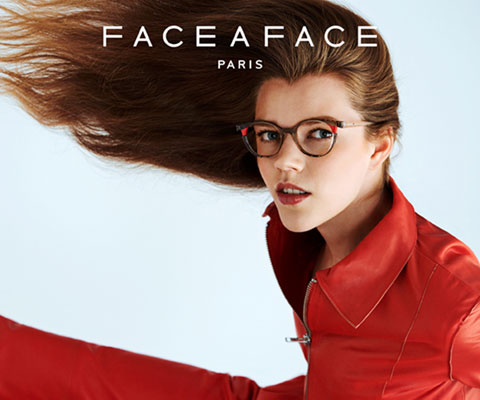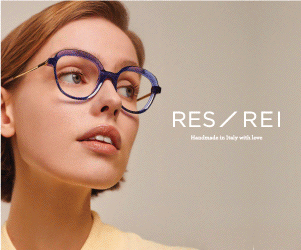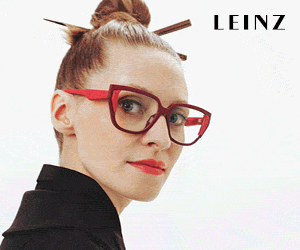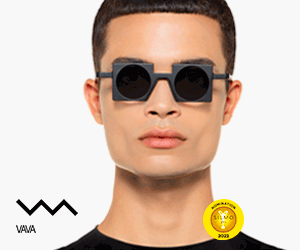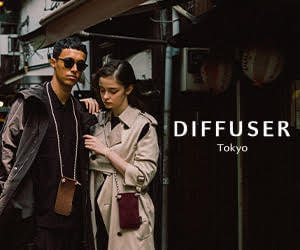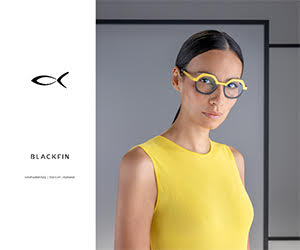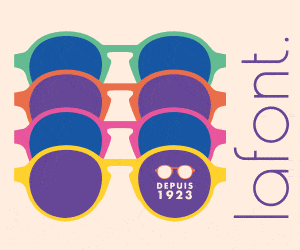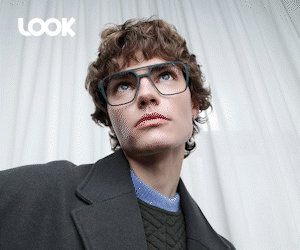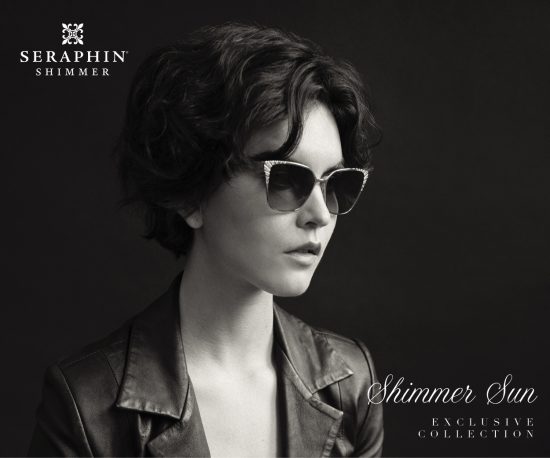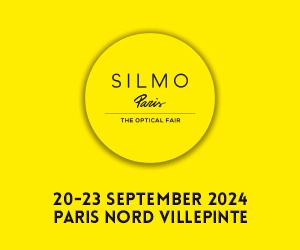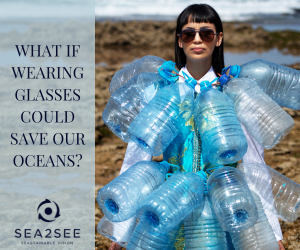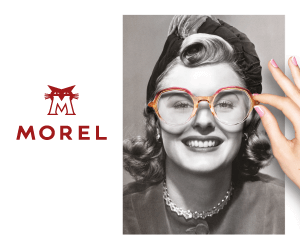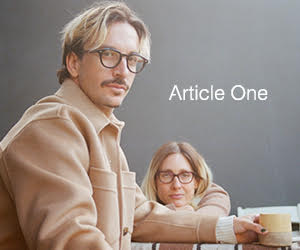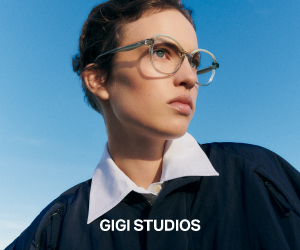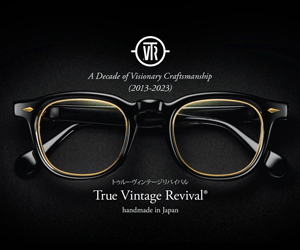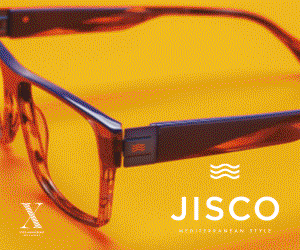This month, Erik and Emilia Lindmark, co-founders of EOE Eyewear, have launched a new recycled eyewear material at www.regrind.se. The material is made from old or unused glasses, is certified and patented and promises a new alternative for the optical industry to champion circular design. Eyestylist spoke to the team in an exclusive interview following the launch.
REGRIND has been several years in the making. How did you first come up with the idea, and what were you wanting to achieve? Everything started when we noticed that opticians and eyewear brands had so many old frames and obsolete stock. We felt that we couldn´t keep making products that just go out into the world, without taking responsibility for what happens to them; I guess our connection to “the potential” of circularity was very strong. The world today is constantly urging for virgin material no matter what kind of industry. We act like there are endless resources. We want to change that. By using our acetate, eyewear brands will by default become circular and thus save at least 35% of co2 including transport for a start. When we are at a fully developed supply chain we can save up to (amazingly) 70% co2.
What is your impression of the material today in terms of the look and feel, the overall aesthetic and colours? The inspiration comes from the Northern nature and surroundings and then we added a tech twist to the expression. It’s like a fusion of ideas, with nature under an x-ray machine…the result is a new “twisted” interpretation of nature. A lot of expressions in nature are fascinating… lightning, metallic bugs, celestial phenomena like the Northern Lights or a sparkling night sky. Above: the couple behind REGRIND, Erik and Emilia Lindmark – they have developed the material with a team of scientists and engineers.

Describe some of the challenges of developing a new material from old glasses via the circular REGRIND process. How have you overcome the difficulties? The biggest challange was to really make sure it could be done, haha! We needed to find a way of separating the metals from the acetate, to be able to get a clean material that could go back into production. But also to be able to secure that this would be something that would be interesting for the eyewear industry; it certainly feels like that, since more and more are talking about sustainability. This is also a way for eyewear producers and brands to save money from obsolete stock meanwhile saving the planet. We have an experienced R&D team in Sweden, the country is of course known for its innovation and expertise in developing materials (wood and steel).
How have you achieved certification and a patent and what does this mean for you? It means so much for us. To be able to show transparency and at the same time gain legitimacy towards our industry is of utter importance. This is for real and we as owners are very much involved in the core business. Our natural energy source is hydro power since Sweden has a lot of that, so we take what’s most natural to us. We have achieved that certification through a series of extensive and thorough audits in order to track the whole supply chain and material.
In 2022 you are able to make the recycled material available to eyewear makers and designers and you have launched a website from where they can purchase the materials, is that correct? Yes every brand or producer can buy our acetate sheets from REGRIND.se
What experience have you so far of working to produce the material for other manufacturers or retailers? We have been developing a Circular Collection for Synsam and Elementra for Fielmann – as a start. Doing this, we have secured a circular process. Every store has a recycling bin where consumers can hand in their old eyewear. And after that Regrind will use it as raw material.

Finally, do you expect rapid growth in recycled materials and do you see potential for even further developments for REGRIND in the future? Yes, we believe our industry will have to adapt to our new future, the same future we see changing the car and fashion industries. We need to take a technical leap into a circular future. We are also developing our process in order to make it possible to extend it to other common materials within our industry. The colour development in our acetate will be something else in terms of fashion or style in comparison to what we are used to seeing or have seen before. Find out more at the new website: www.regrind.se


